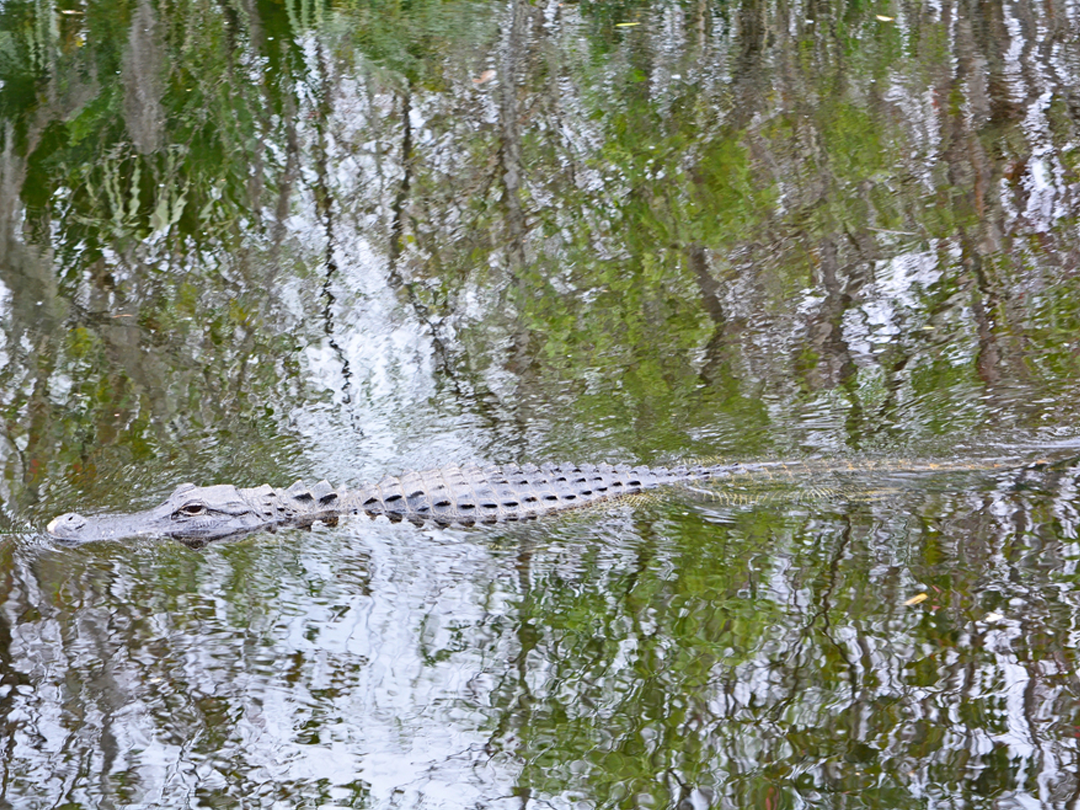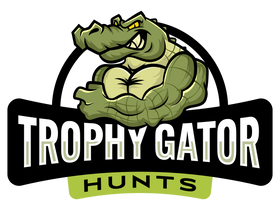How Alligator Hunters Get Their Hooks Back, And Other Hunting Tricks

In the world of Florida alligator hunting, precision, patience, and preparation come together in one of the state’s most iconic outdoor pursuits. For many new hunters, one of the most puzzling aspects is figuring out how alligator hunters get their hooks back after a gator has been snagged and subdued. The answer involves innovative rigging, technique, and a bit of finesse honed through years of practice.
When hunting with a rod and a snatch hook or treble hook, the goal is to hook the gator’s tough hide rather than its mouth, which helps keep it secure throughout the fight. Once the gator is successfully brought to the surface and dispatched with a bang stick or other approved method, the hunter carefully pulls the hook back through the wound or cuts it free if it's embedded too deeply.
To preserve the hook, some hunters use barbless or partially modified hooks, making it easier to remove them once the gator is under control. Others carry extra gear in case they need to cut the line and replace it quickly.
Hook Recovery Techniques: Timing and Tools Matter
Most of the time, hook recovery comes down to proper planning. Experienced hunters use heavy-duty braided lines and strong rods that can handle the stress of pulling a gator through the water without snapping. The strength of the gear helps maintain control during the most intense parts of the encounter, ensuring that the hook doesn’t break or get lost.
Once the gator is brought in and secured, typically with ropes or tape around the jaws and limbs, the hook is either removed by hand or, if it’s stuck in a hard-to-reach area, removed using pliers. When a treble hook is deeply embedded or twisted in bone or tough muscle, it’s sometimes safer and quicker to cut the line and leave the hook inside the carcass until skinning and processing. After processing, the hook can be easily retrieved from the hide or flesh.
Another common method is rigging snatch hooks with swivels and quick-release links. This setup allows hunters to detach the hook from the main line once the gator is restrained, retrieve their line and rod, and return later to remove the hook while dressing the animal. It’s efficient, minimizes equipment loss, and speeds up the process when dealing with multiple gators in one outing.
Tricks for Spotting and Approaching Gators at Night
Most successful gator hunts in Florida take place after sunset. Alligators are more active at night, and their eyes shine brightly when hit with a spotlight, making them easier to locate from a distance. Experienced hunters slowly scan the water's surface with a high-powered light, searching for the distinctive red-orange glow of alligator eyes. Once spotted, the trick is to approach silently and carefully using trolling motors or paddles to avoid spooking the animal.
At closer range, many hunters switch to a headlamp or a dimmer beam to avoid startling the gator. It’s a game of patience and positioning. Hunters must line up the perfect angle to throw a harpoon or cast a hook, all while taking into account water depth, vegetation, and wind. Every detail counts in those final moments.
Staying Safe and Efficient During the Fight
One of the most important hunting tricks is managing the chaos once the gator is on the line. These animals can thrash violently and dive deep when hooked, so hunters often use buoys or floats attached to their line. When the gator goes under, the buoy marks its location and keeps tension on the line, allowing the hunter to regain control once the gator resurfaces. It’s also a helpful trick for preventing lost gear if the line snaps or gets tangled.
Communication is key during this stage, especially if you’re hunting with a team. Knowing who’s handling the rod, who’s manning the light, and who’s preparing the bang stick or dispatch tool keeps the process safe and smooth. Hunters also keep a knife or line cutter on hand at all times in case the line becomes wrapped or caught in a dangerous way.
Field Dressing and Transport: Maximizing Every Part of the Gator
Once the gator is dispatched and brought aboard, the next set of tricks comes into play. Hunters experienced in field dressing know how to preserve the hide and meat while recovering any tools or hooks that may have become embedded during the hunt. Gators must be tagged immediately using the state-issued CITES tags, and their harvest must be reported to the Florida Fish and Wildlife Conservation Commission (FWC).
Coolers packed with ice, proper cutting tools, and thick gloves are all essential to processing the animal cleanly and efficiently. Some hunters bring their gator straight to a processor, while others do the work themselves to ensure no part of the animal is wasted. Either way, this is often the best time to recover hooks that weren’t easily removable in the field.
Plan Your Hunt With the Experts
Every successful alligator hunt is the result of good technique, respect for the animal, and deep knowledge of Florida’s hunting landscape. From spotlighting and hook rigging to the moment you haul your gator aboard, the right tricks make all the difference.
At Trophy Gator Hunts, we’ve spent over three decades perfecting the art of Florida alligator hunting. Our private land hunts include everything you need, from gear to expert guidance, so that you can focus on the thrill of the chase. If you’re looking to experience the real heart of hunting, explore our guided Florida alligator hunts today. Let us help you make your next hunt your best yet.

